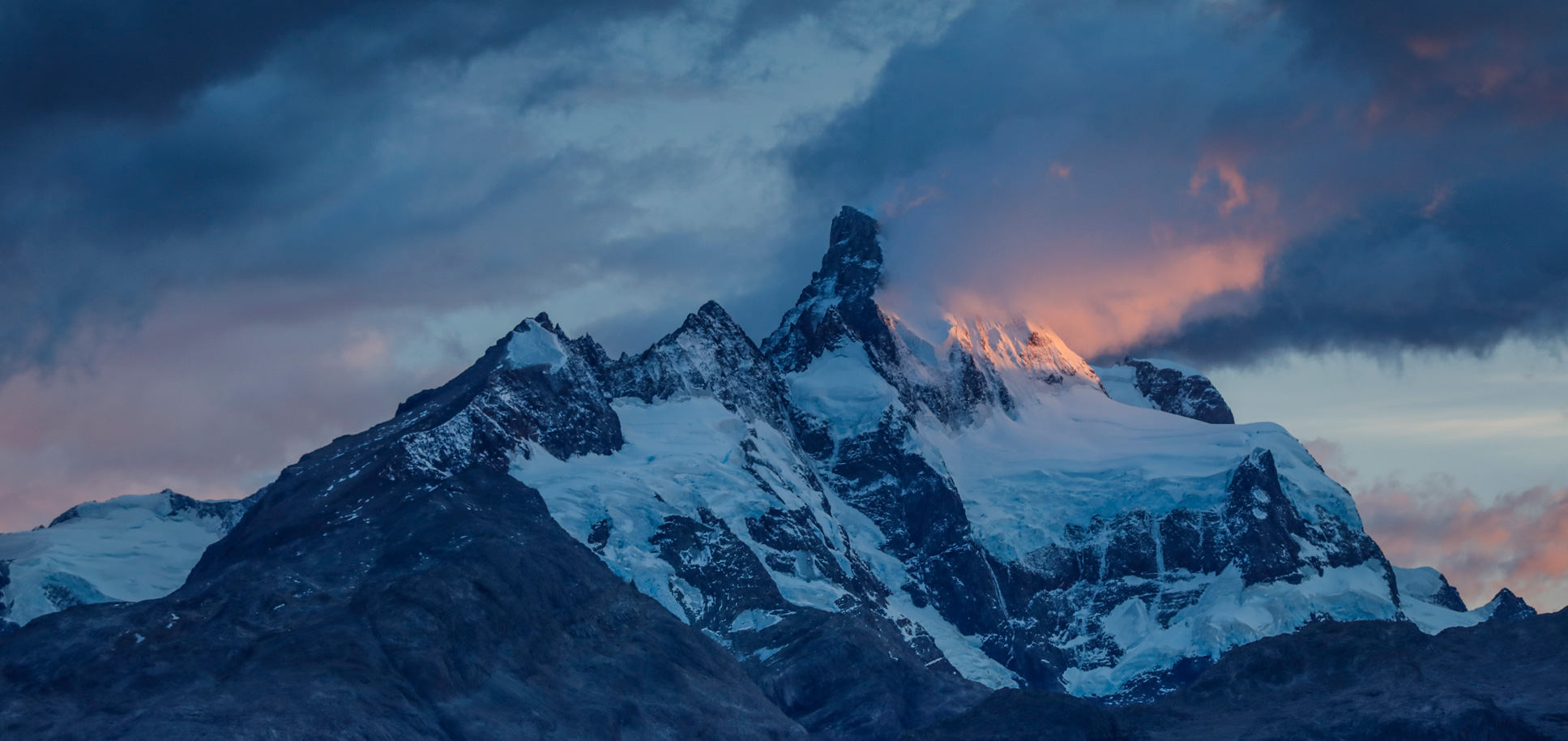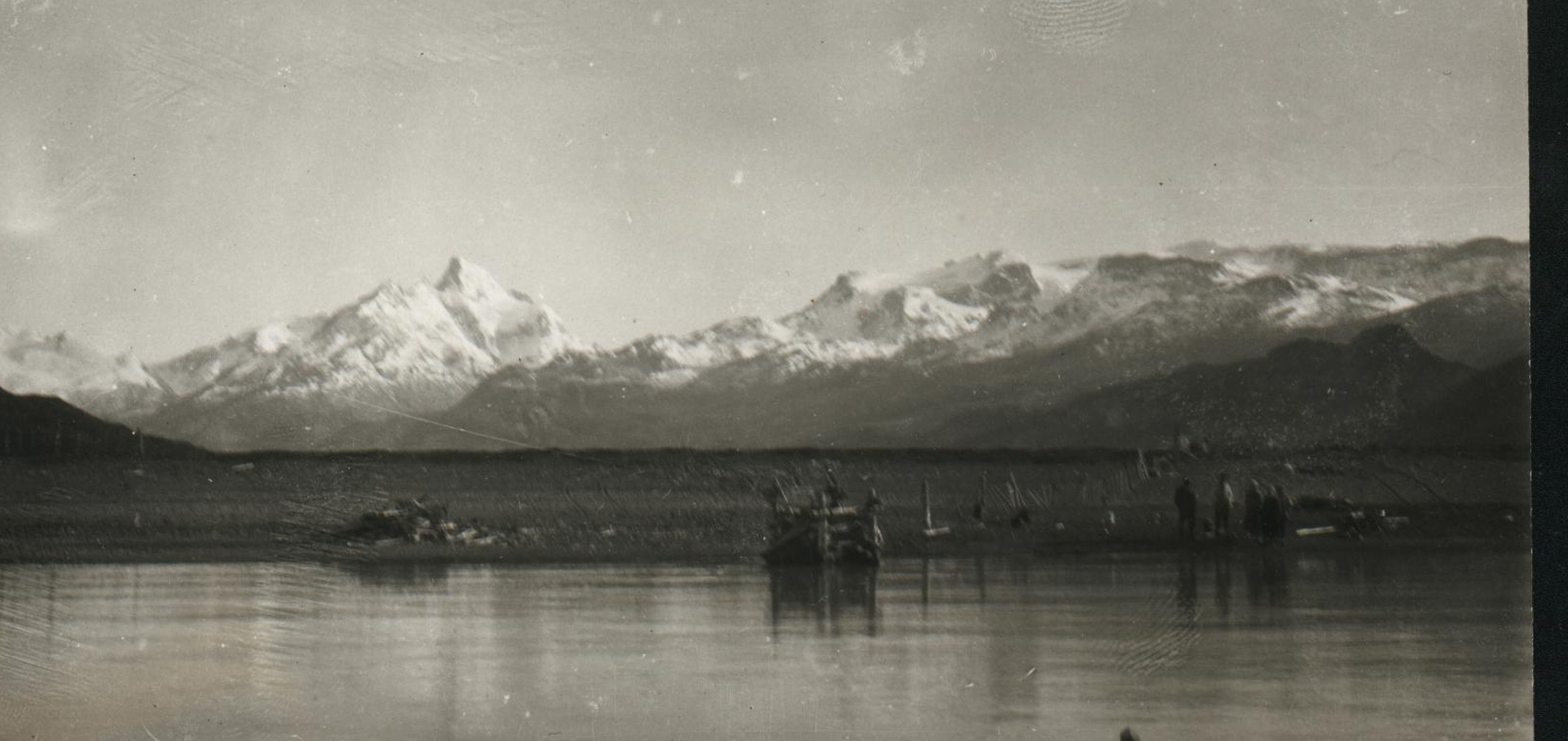South Patagonian’s famous winds have become known throughout the world as the wind that blows on and on.
Our distinctive geography is the perfect scenery for the wind to dance, sometimes smoothly, but most times as strong as the fire of a furious dragon.
Mountains, hanging glaciers, Nothofagus forests, birds and mammals, are all part of this windy scenario. We can say that the Patagonian Ice Field is the greatest of all backstages for the wind to prepare for a show… Now, some days, the wind is as smooth as silk, and there is a special someone who appears to steal all the attention and sighs… the Andean Condor.
The Andean Condor (Vultur gryphus) is a vulture that is endemic to South America. Its great size and personality, have turned it into an Andean emblem. It is the largest flying bird, and this is evident when we see its wingspan while it glides. They can reach 3.3 m. of wingspan, and weigh almost 15 kg.
It is a large black vulture with a ruff of white feathers surrounding the base of the neck and, especially in the male, large white patches on the wings. The head and neck are nearly featherless and are a faded red color, which may flush and therefore change color in response to the bird’s emotional state. In the male, there is a wattle on the neck and a large, dark red caruncle on the crown of the head. The female condor is smaller than the male, an exception to the rule among birds of prey.
So, as I was saying, if you come to untamed Patagonia there are two kinds of sky spectacles, the wind and the Condors.
These birds are unusual, that you see flapping to get to their destination, they are masters of gliding. They fly using the air currents, from one to another conquering the sky.
It is inevitable to shout out “LOOK!”, sometimes you can see one or two Condors, and if you are lucky enough you might see a family of Condors dancing together as if they were celebrating life.
The condor is a scavenger and they are the first to get a pick at dead prey. Its fairless neck allows it to dive into the flesh of the dead animals, taking the tastiest parts of it. Sometimes you can see them gliding in the air, looking down toward the ground in search of a carcass. But when they are neither feasting nor flying, you can see them sitting on their rocky nests.
As I said, they are an emblem, not only for conservation issues but because it is an animal that reaches people’s hearts. Maybe because of their overwhelming size, or their longevity, maybe because they can search for you in your dreams. If you come to Patagonia, for sure you will see their show, and, hopefully, understand what I mean.








